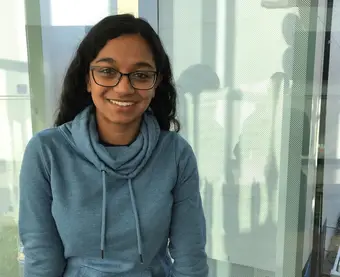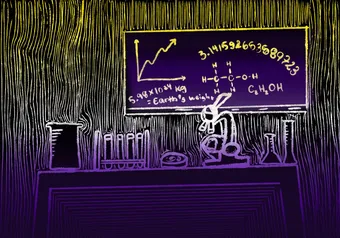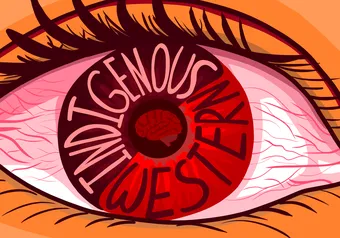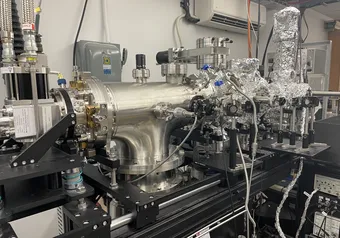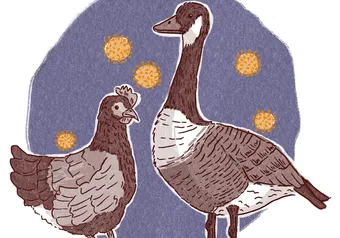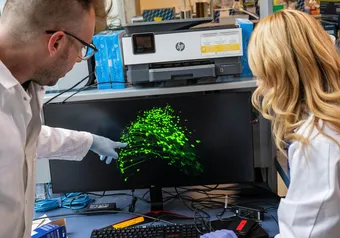The functioning of the human body is fantastically complex, the result of interactions between a variety of equally complex systems and processes, all of which combined give rise to the real-life Russian nesting dolls we call humans.
Like many complex systems, human biological phenomena can be very sensitive to initial conditions. Small changes at the beginning of a process can lead to dramatic changes later on.
One area where this is especially true is in neurodevelopmental disorders — like Tourette Syndrome — that result from abnormal brain growth.
Figuring out how these growth abnormalities arise and where their causes lie is difficult but important work, and is part of the focus of researchers at the Haas Lab, part of the Djavad Mowafaghian Centre for Brain Health.
The lab utilizes a number of undergraduate volunteers, among whom is second year biochemistry student Lasya Vankayala, who works on purifying DNA samples to prepare for further study.
To determine if a particular genetic mutation has an influence on neural development, researchers at the lab first design a plasmid (a small molecule of DNA) with that particular mutation. This small piece of DNA carrying the mutation is then injected into bacteria.
Since bacteria essentially make copies of themselves when they reproduce, the mutation is also duplicated. At the end of the process, scientists have a larger sample of mutated DNA than they started out with, giving them more available to use.
At that point, Vankayala and others purify the DNA so that it may be injected into human embryonic kidney cells.
The researchers can then see how the mutation being studied impacts the cells’ growth by watching their development in real time using a technique developed by Dr. Kurt Haas, for whom the lab is named.
In this way, they can determine more precisely what role genetic mutation plays in the emergence of conditions such as autism spectrum disorder and schizophrenia.
Despite only being a second-year student, Vankayala is no stranger to lab work. Before arriving at UBC, she worked in the lab of Dr. Gordon Rintoul at SFU, where she researched the role that mitochondria play in neurodegenerative disorders like Parkinson’s disease.
The Haas Lab captured her attention from the time she toured it as a high school student as part of a science fair. After that tour, she introduced herself to Haas and, after putting in an application, began working in the lab in the fall of 2016.
“I think it’s important that undergrads, especially in science fields, actually do try to get a lab position,” she said. “It definitely helps give a different perspective on your classes and understand why you’re learning certain things or why certain things are important to focus on.”
Vankayala plans to get her PhD and turn her passion for research into a career. Meanwhile, the researchers at the Haas Lab will continue to shed more light on the complicated processes that shape the development of our brains.
Know undergraduates at UBC doing stellar science or research? Nominate them to be profiled by The Ubyssey by emailing science@ubyssey.ca! Do not nominate yourself.
First online
Share this article


